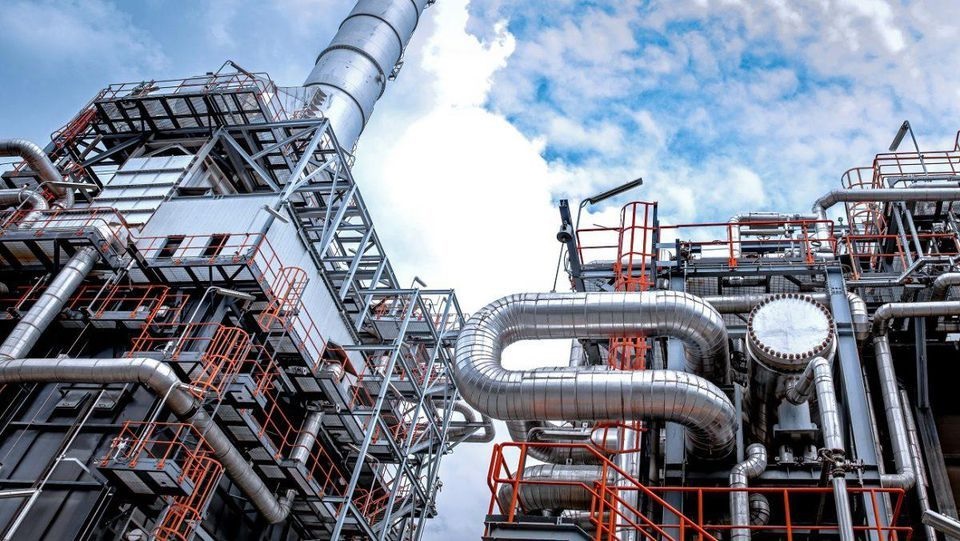Introduction:
Hydrogen, an abundant and clean-burning fuel, has gained significant attention as a potential alternative to fossil fuels in recent years. With its high energy content and ability to produce only water vapor as a byproduct when combusted, hydrogen offers promising prospects for decarbonizing various sectors, including transportation and energy production.
However, like any other fuel, hydrogen combustion in Fired Heaters also
presents safety implications that must be carefully addressed to ensure its
responsible use and widespread adoption. In this article, we will delve into
the safety considerations associated with hydrogen combustion in Fired Heaters,
explore potential risks, and discuss the mitigation strategies employed to
minimize these hazards.
Hydrogen combustion in API 560 Fired Heaters
Understanding the Properties of Hydrogen:
Hydrogen is an odourless, colourless, and highly flammable gas that can ignite at lower energy thresholds compared to conventional fuels like gasoline or natural gas. This characteristic makes it essential to understand the behaviour and properties of hydrogen to effectively manage its combustion risks in Fired Heaters.
1. Flammability:
Hydrogen has a wide flammability range, meaning it can ignite and sustain a flame in a broad range of fuel-to-air mixtures. The lower flammability limit (LFL) of hydrogen is approximately 4%, while the upper flammability limit (UFL) is about 75%. Operating within these limits is crucial to avoid Fired Heaters combustion hazards.
2. High Diffusion Rate:
Hydrogen's small molecular size allows it to rapidly diffuse through materials such as metals, which can lead to leaks and potentially increase the risks associated with containment and storage.
3. Low Ignition Energy:
Hydrogen has a low ignition energy requirement, making it susceptible to ignition sources such as sparks, electrical discharge, or even static electricity. Thus, effective ignition prevention measures are necessary to minimize the likelihood of accidental ignition.
Hydrogen Energy
Hydrogen Combustion Risks in
Fired Heaters:
While hydrogen offers numerous
benefits for Fired Heaters, its combustion does pose certain safety risks that
need careful consideration:
1. Fire and Explosion Hazards:
Given its wide flammability
range and low ignition energy, hydrogen poses a greater risk of fire and
explosion compared to traditional fuels. In the event of a leak or ignition
source, hydrogen-air mixtures can combust violently, potentially causing
significant damage to infrastructure and posing a threat to human safety.
2. Rapid Flame Spread:
Hydrogen combustion exhibits
rapid flame propagation, which can result in unexpected and quick spread of
fires. This characteristic makes it challenging to control and suppress
hydrogen fires, necessitating specialized firefighting techniques and equipment.
3. Hydrogen Embrittlement:
Hydrogen can permeate metals,
leading to a phenomenon called hydrogen embrittlement. This process weakens the
structural integrity of materials, potentially causing failures in equipment or
infrastructure over time.

Safety Considerations when Handling Hydrogen
Mitigation Strategies:
To mitigate the safety risks associated with Hydrogen in Fired Heaters, several strategies are employed:
1. Safety Engineering:
Robust engineering practices, including the use of appropriate materials, design codes, and safety features, are crucial for preventing hydrogen leaks, minimizing the risks of fire and explosion, and ensuring structural integrity in hydrogen-related infrastructure.
2. Leak Detection and Mitigation:
Efficient leak detection systems must be implemented to promptly identify and mitigate hydrogen leaks. Advanced technologies, such as hydrogen sensors, can provide early warning signs and enable timely action to prevent hazardous situations.
3. Ventilation and Dilution:
Proper ventilation and dilution techniques are essential to prevent the accumulation of hydrogen in enclosed spaces. Adequate airflow and ventilation systems can help disperse hydrogen and reduce the risks of flammable concentrations.
4. Ignition Prevention:
Strict safety protocols should be in place to minimize the chances of accidental ignition. This includes implementing static electricity control measures, grounding procedures, and ensuring the absence of ignition sources in
Hydrogen handling areas.
1. Fire Suppression and Emergency Response:
Developing specialized fire
suppression systems, training emergency responders, and establishing robust
emergency response plans are crucial for effectively managing hydrogen fires
and minimizing potential damages.
Conclusion:
The safety implications of
hydrogen combustion must be thoroughly understood and addressed to ensure the
responsible adoption of hydrogen as a fuel source. While hydrogen offers
significant environmental benefits, proper safety measures, including leak
detection, ventilation, ignition prevention, and fire suppression, are
essential to mitigate the associated risks.
Ongoing research, technological
advancements, and adherence to rigorous safety standards will play a crucial
role in promoting the safe and sustainable use of hydrogen in Fired Heaters,
ultimately accelerating the transition to a low-carbon future.